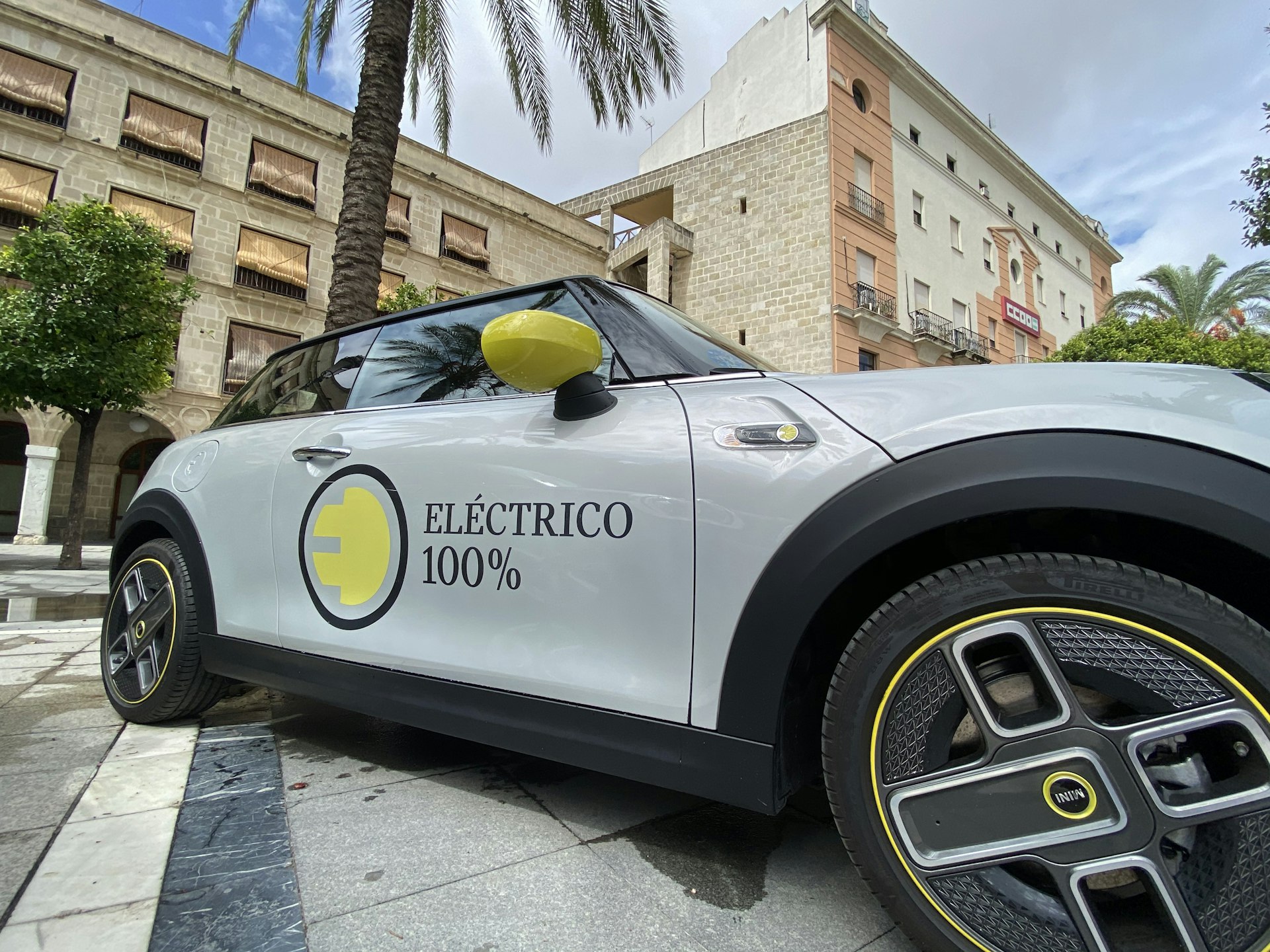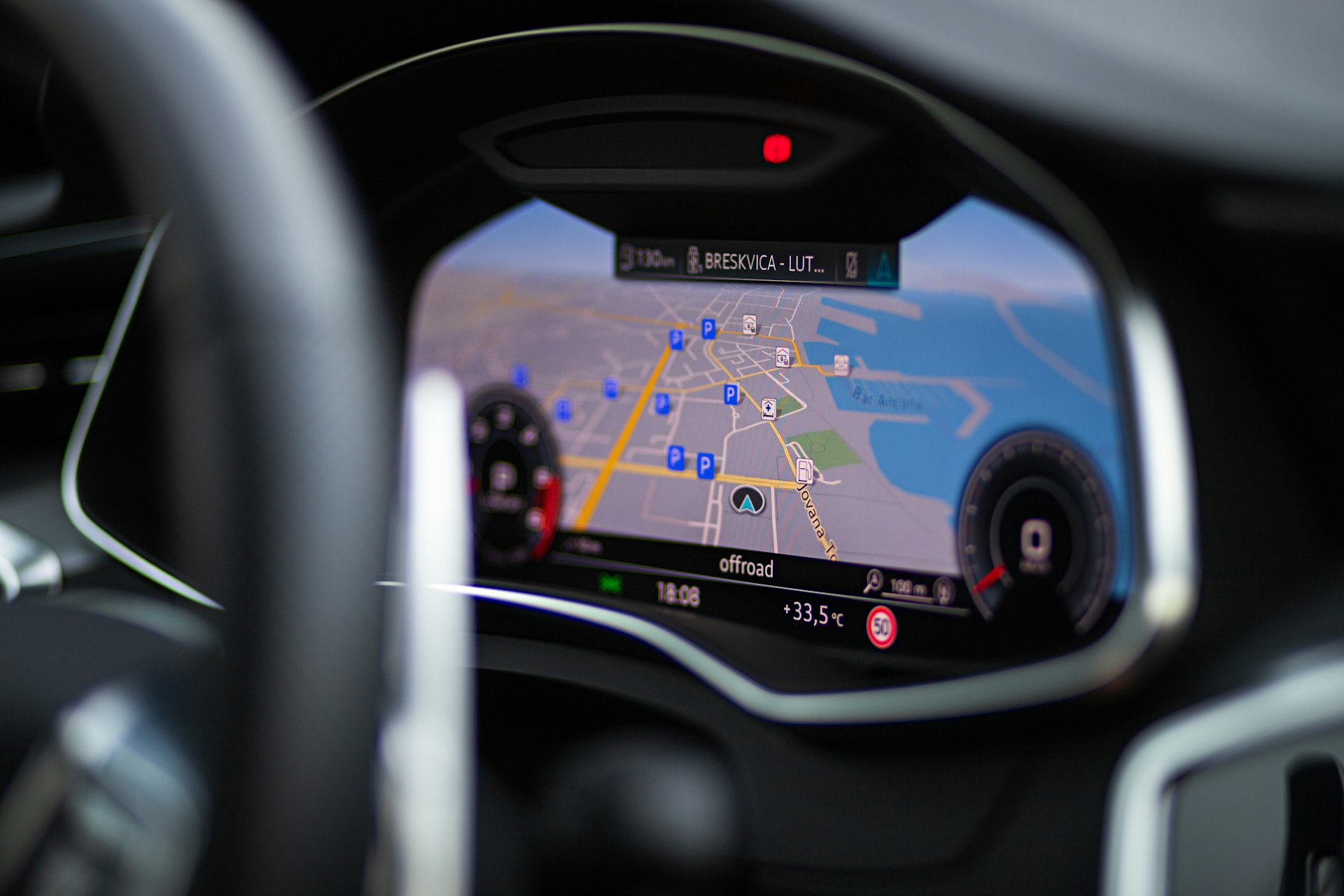How 5G is Transforming Connected Car Technology: Opportunities, Challenges, and Next Steps

Photo by Frederik Lipfert on Unsplash
Introduction: The 5G Revolution in Connected Car Technology
The emergence of 5G wireless technology marks a pivotal moment for the automotive industry, fundamentally transforming how vehicles connect, communicate, and operate on the road. Unlike previous generations, 5G offers ultra-fast speeds, low latency, high bandwidth, and massive device connectivity, which together enable new capabilities for both drivers and manufacturers. This article details the multifaceted impact of 5G on connected car technology, explains the core benefits, and provides actionable guidance for accessing and implementing 5G-enabled solutions in the automotive sector.
Key Benefits of 5G for Connected Cars
5G delivers several critical advantages for connected vehicle technology:
Ultra-Low Latency and High-Speed Data Transmission
One of the most transformative features of 5G is its ultra-low latency -delays in communication can be reduced to just 1 millisecond. This enables real-time responsiveness, which is crucial for autonomous driving, advanced driver-assistance systems (ADAS), and instant communication between vehicles and infrastructure. High-speed data transmission allows vehicles to rapidly exchange information about their surroundings, including traffic conditions, hazards, and even pedestrian movement, empowering safer and smarter driving decisions [1] [2] [3] .

Photo by Luke Greenwood on Unsplash
Massive Connectivity and V2X Communication
5G supports massive Internet of Things (IoT) connectivity , allowing millions of devices-including cars, traffic lights, sensors, and even road infrastructure-to communicate simultaneously. This enables Vehicle-to-Everything (V2X) communication, connecting vehicles not only to each other (V2V) but also to infrastructure (V2I), networks (V2N), and pedestrians (V2P). Such connectivity facilitates seamless coordination on the road, reducing congestion, optimizing traffic flow, and enhancing safety [2] [4] .
Enhanced Reliability and Bandwidth
5G offers greater bandwidth and improved reliability compared to 4G networks. This means connected vehicles can process and transmit large volumes of data-including high-definition maps, sensor information, and multimedia content-without loss of signal, even in challenging environments like urban canyons or rural highways [4] . This is essential for keeping autonomous and connected vehicles reliably linked to the digital ecosystem.
Real-World Applications of 5G in Automotive Technology
Autonomous Driving
The vision of fully autonomous vehicles depends on the ultra-fast, reliable connectivity that 5G provides. Self-driving cars must process vast amounts of real-time data from cameras, sensors, and mapping systems. 5G’s low latency ensures that vehicles can analyze and respond to dynamic road situations instantaneously. For example, when a vehicle detects a sudden obstacle, it can communicate this information to nearby vehicles and infrastructure, reducing risks and preventing accidents [3] [5] .
Smart Transportation Systems
5G enables smart transportation ecosystems where vehicles, traffic lights, and sensors work together to optimize traffic flow and reduce congestion. For instance, sensors connected by 5G can monitor traffic density and environmental conditions, relaying this information to vehicles and control centers. Such systems can dynamically adjust traffic signals to minimize bottlenecks and improve fuel efficiency for all road users [2] [1] .
Enhanced Driver and Passenger Experience
Connected vehicles powered by 5G deliver a more immersive and productive in-car experience. Passengers can stream high-definition media, participate in video calls, or access cloud-based work tools-all while traveling. Personalization features allow vehicles to tailor infotainment options, navigation routes, and even climate control settings based on user preferences and real-time data [3] .
Step-by-Step Guidance for Accessing 5G Connected Car Features
1. Research Vehicle Models Supporting 5G Connectivity
Begin by identifying car manufacturers and models that offer integrated 5G connectivity. Many leading automotive brands are introducing vehicles equipped with built-in 5G modems and V2X communication systems. Visit official manufacturer websites, consult dealer representatives, and review product specifications to confirm 5G support.
2. Understand Local Network Availability
5G coverage varies by region and service provider. Before purchasing or upgrading to a 5G-enabled vehicle, verify 5G network availability in your area by contacting major cellular providers or checking coverage maps on their official websites. You may also wish to consult with local dealerships about regional support for 5G features.
3. Activate Connected Services
Many connected car features require activation through manufacturer portals or mobile apps. Common services include real-time navigation, emergency assistance, remote diagnostics, and infotainment subscriptions. Follow step-by-step onboarding instructions provided by your vehicle’s manufacturer, and register your vehicle for connected services as directed.
4. Explore Third-Party Solutions and Upgrades
If your current vehicle does not support 5G natively, aftermarket solutions such as mobile hotspots, telematics devices, or connected dash cams may offer limited access to 5G-powered features. Consult trusted automotive electronics retailers and reputable installers for compatible upgrade options and installation services.
Potential Challenges and Solutions
Coverage and Interoperability
One challenge with implementing 5G in connected vehicles is variable coverage and compatibility across regions and providers. To address this, manufacturers are working to ensure seamless handoffs between 5G and legacy networks (such as 4G LTE). Additionally, industry standards are evolving to promote interoperability among different brands and technologies.
Cybersecurity and Data Privacy
With greater connectivity comes increased risk of cyber threats and privacy breaches. Automotive manufacturers and technology partners are investing in robust encryption, secure communication protocols, and continuous monitoring to safeguard vehicle networks and user data. To further protect yourself, regularly update your vehicle’s software and follow best practices for password management.
Cost and Upgrade Considerations
The cost of 5G-enabled vehicles and connected services may vary widely depending on manufacturer, region, and subscription tiers. Before committing, research total ownership costs, potential upgrades, and ongoing service fees. Many manufacturers offer tiered packages that allow you to select the features most relevant to your needs.
Alternative Pathways and Future Developments
If immediate access to 5G-enabled vehicles is not feasible, consider alternative approaches such as:
- Leasing vehicles with upgrade options for future 5G compatibility
- Utilizing aftermarket 5G hotspots for basic connectivity
- Participating in pilot programs or demonstration projects offered by manufacturers or technology partners
Stay informed about new releases and regional rollouts by subscribing to official manufacturer newsletters and following industry news sources. Engage with local automotive technology events or forums to learn from experts and connect with other early adopters.
Summary and Next Steps
The impact of 5G on connected car technology is profound, enabling safer roads, smarter transportation, and richer in-vehicle experiences. While adoption is accelerating, careful research and planning are essential to maximize benefits and avoid potential pitfalls. By following the steps outlined above, you can position yourself to take full advantage of the opportunities offered by 5G in the automotive sector.
References
- [1] World BI (2024). 5G and Beyond: Revolutionizing Connected Cars.
- [2] 5G Americas (2024). Driving the Future: How 5G is Pioneering the Automotive Industry.
- [3] Innovation & Tech Today (2024). How 5G Shapes the Future of Transportation.
- [4] Automotive Technology (2024). The Role of 5G in Advancing Connected Vehicle Ecosystems.
- [5] Robustel (2024). How 5G Autonomous Vehicles Will Benefit from 5G.
MORE FROM promospotlight.com













